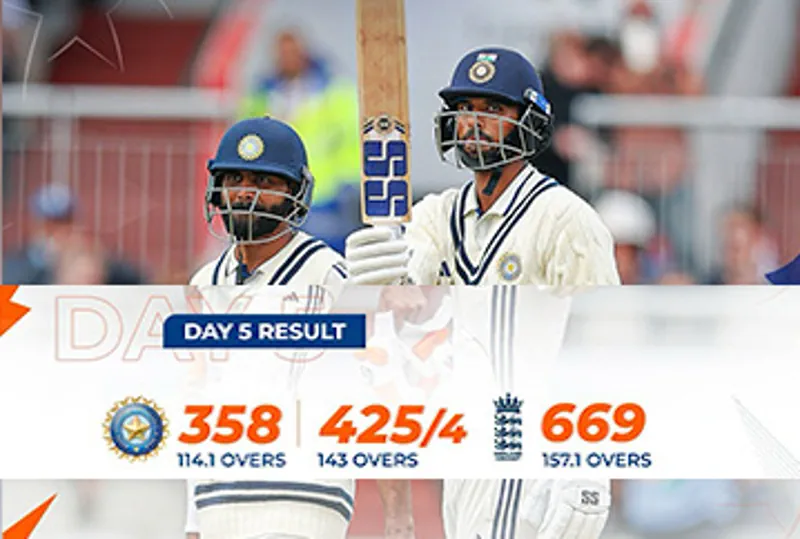Cricket, often regarded as a gentleman’s game, has undergone a fascinating transformation since its inception. From its humble beginnings in England to its current status as a multi-billion-dollar sport enjoyed worldwide, cricket has evolved in every possible way—formats, rules, playing styles, and audience reach. This Betongame IN explores how cricket has changed over the centuries and what makes it one of the most followed sports in the world today.

The Origins of Cricket
The origins of cricket date back to the 16th century in England, where it was played primarily by children. As the game gained popularity, it became a pastime for adults, particularly among the British aristocracy. By the 18th century, cricket had become a structured sport with defined rules, leading to the formation of county teams and the first recorded matches.
One of the first significant developments was the introduction of the Marylebone Cricket Club (MCC) in 1787, which played a vital role in establishing the laws of cricket. With the expansion of the British Empire, cricket spread across continents, finding a strong foothold in Australia, India, the West Indies, and South Africa.
The Rise of International Cricket
The first-ever Test match was played in 1877 between England and Australia, marking the beginning of international cricket. Test cricket, a five-day format, became the ultimate challenge for teams, emphasizing endurance, strategy, and skill.
Over the years, the Ashes series between England and Australia became one of the most famous rivalries in sports history. Similarly, India’s rise in international cricket led to legendary matches against Pakistan, which attracted millions of passionate fans.
The Introduction of Limited-Overs Cricket
As cricket evolved, so did the demand for a faster-paced version of the game. This led to the birth of One Day Internationals (ODIs) in the 1970s, with the first Cricket World Cup held in 1975. ODIs reduced the duration of the game to a single day, making it more appealing to a broader audience.
Then, in 2003, Twenty20 (T20) cricket revolutionized the sport by introducing a format that lasted only three hours. With high-intensity batting, fast-paced action, and thrilling finishes, T20 cricket brought a new level of excitement. The Indian Premier League (IPL), launched in 2008, capitalized on this format, becoming a global spectacle and attracting top players worldwide.
Technological Advancements in Cricket

The game has also seen significant technological advancements. The Decision Review System (DRS), Hawk-Eye ball-tracking, and ultra-edge technology have helped umpires make accurate decisions, reducing controversial calls. Cricket analytics and data-driven strategies have also changed the way teams approach the game, making it more scientific and precise.
Cricket’s Global Influence
Today, cricket is not just limited to traditional strongholds like England, India, and Australia. Countries such as Afghanistan, Ireland, and Nepal have emerged as competitive cricketing nations, proving the sport’s growing reach.
Additionally, women’s cricket has seen a massive surge in popularity, with the Women’s Cricket World Cup and Women’s IPL bringing greater visibility and recognition to female cricketers.
Conclusion
Cricket’s journey from a leisurely pastime to a worldwide obsession is a testament to its adaptability and appeal. With new leagues, digital engagement, and innovative playing styles, the future of cricket looks brighter than ever. Whether it’s the drama of Test matches, the thrill of ODIs, or the fast-paced excitement of T20s, cricket continues to captivate audiences across the globe.
Also Read:
- IND vs ENG: Jadeja, Sundar, Gill Hundreds Help India Earn Dramatic Draw Against England in 4th Test
- “If There Are No Bilateral Matches, Why Play in Multination Events?”: Azharuddin on India-Pakistan Asia Cup Clash
- Men’s Asia Cup 2025 To Be Held In UAE; ACC
- Ben Stokes Creates History With 11,000 International Runs And Rare 7,000 Runs-200 Wickets Test Feat




